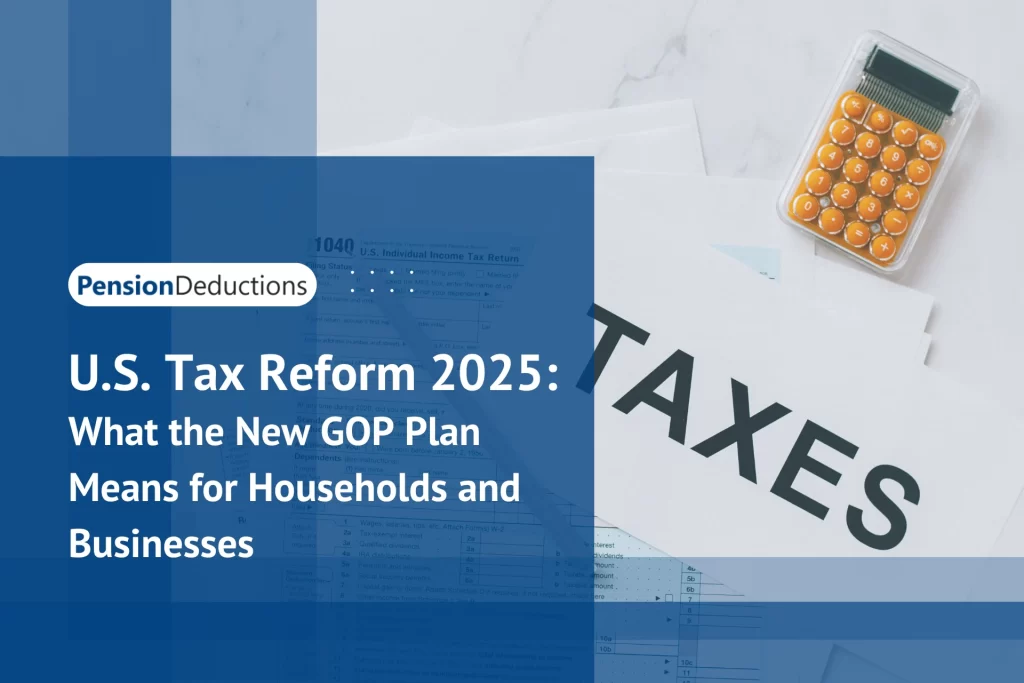Intoduction
In the fast-paced world of retirement planning, staying ahead of the game is crucial. One key aspect that often confuses individuals is understanding SEP IRA contribution deadlines. As a business owner or self-employed individual, SEP IRAs can be a valuable tool to save for retirement while enjoying tax advantages. However, failing to meet the contribution deadlines can result in missed opportunities and potential tax penalties. That’s why it’s essential to have a clear understanding of these deadlines and how they can impact your retirement savings strategy.
In this article, we will delve into the intricacies of SEP IRA contribution deadlines, exploring the rules and regulations that govern them, and providing you with valuable insights to help you make informed decisions. So, if you’re ready to take control of your retirement planning and optimize your savings, let’s dive in and ensure you stay ahead of the game with SEP IRA contribution deadlines!
What is a SEP IRA?
A Simplified Employee Pension Individual Retirement Account (SEP IRA) is a type of retirement plan that allows self-employed individuals and small business owners to save for retirement in a tax-efficient manner. SEP IRAs offer many benefits, including higher contribution limits compared to traditional IRAs. Contributions to a SEP IRA are made by the employer, and eligible employees can also participate. SEP IRAs are popular among freelancers, consultants, and small business owners who want to provide retirement benefits to themselves and their employees. By understanding the contribution deadlines for a SEP IRA, you can ensure that you make the most of this retirement planning tool.
Contributions limits for a SEP IRA
The contribution limits for a SEP IRA are generous, making it an attractive retirement planning option for self-employed individuals and small business owners. As of 2021, the maximum amount that can be contributed to a SEP IRA is 25% of the employee’s compensation or $58,000, whichever is less. It’s important to note that the contribution limits can vary from year to year, so it’s essential to stay updated with the latest IRS guidelines. By maximizing your contributions within the allowable limits, you can make significant strides towards building a robust retirement nest egg.
Benefits of contributing to a SEP IRA
Contributing to a SEP IRA offers several benefits for self-employed individuals and small business owners. First and foremost, SEP IRA contributions are tax-deductible, meaning that they can reduce your taxable income for the year. This can result in significant tax savings, allowing you to keep more money in your pocket. Additionally, SEP IRAs offer tax-deferred growth, meaning that your contributions and any investment earnings can grow tax-free until retirement. This tax advantage can help your retirement savings grow faster compared to taxable accounts. Lastly, SEP IRAs provide flexibility in terms of contributions. While mandatory contributions are not required every year, you have the option to contribute more if your financial situation allows. This flexibility can be beneficial during years of higher income or when you want to catch up on retirement savings.
Understanding SEP IRA contribution deadlines
SEP IRA contribution deadlines differ for self-employed individuals and employers. It’s important to understand these deadlines to ensure that you make timely contributions and maximize your retirement savings. Let’s explore the contribution deadlines for both categories.
Contribution deadline for self-employed individuals
If you are self-employed and contribute to a SEP IRA, the contribution deadline is tied to the due date of your tax return, including extensions. For example, if you operate as a sole proprietorship and file your taxes using Schedule C, the deadline to contribute to your SEP IRA for the previous tax year is April 15th, or October 15th if you file for an extension. This extended deadline can provide self-employed individuals with additional time to assess their financial situation and make contributions accordingly. However, it’s important to note that if you file for an extension, you must still pay any taxes owed by the original April 15th deadline to avoid penalties and interest.
Contribution deadline for employers
If you are an employer who contributes to a SEP IRA on behalf of your employees, the contribution deadline is different. In this case, the deadline to make contributions for the previous tax year is the due date of your business’s tax return, including extensions. For example, if your business operates on a calendar year and you file your taxes as a corporation using Form 1120, the deadline to contribute to your employees’ SEP IRAs is March 15th, or September 15th if you file for an extension. It’s crucial to communicate these deadlines to your employees and ensure that contributions are made in a timely manner to avoid penalties and maintain compliance with IRS regulations.
How to calculate your SEP IRA contribution
Calculating your SEP IRA contribution can seem daunting, but it’s a relatively straightforward process. The general formula to determine the maximum allowable contribution is 25% of your compensation or net self-employment income, up to the contribution limit set by the IRS. To calculate your contribution, you need to consider several factors, including your compensation, any applicable adjustments, and the IRS guidelines for contribution limits. It’s advisable to consult with a qualified tax professional or financial advisor who can help you navigate the complexities of calculating your SEP IRA contribution accurately.
Strategies to maximize your SEP IRA contributions
To make the most of your SEP IRA and maximize your contributions, consider implementing the following strategies:
1. Start early:
The power of compounding can significantly impact your retirement savings. By starting to contribute to your SEP IRA as early as possible, you give your investments more time to grow, potentially resulting in a larger nest egg at retirement.
2. Increase contributions when possible:
Take advantage of years with higher income by increasing your SEP IRA contributions. This can help you catch up on retirement savings and make the most of the contribution limits.
3. Automate contributions:
Set up automatic contributions to your SEP IRA to ensure that you consistently save for retirement. By automating your contributions, you remove the temptation to spend the money elsewhere.
4. Consider catch-up contributions:
If you are 50 years or older, you have the option to make catch-up contributions to your SEP IRA. These additional contributions can help boost your retirement savings and make up for any lost time.
Want to Know More about SEP IRA Contribution?
Click here to Schedule a Free Consultation Today!
Conclusion
Understanding SEP IRA contribution deadlines is crucial for staying ahead of the game in retirement planning. By having a clear understanding of the rules and regulations that govern these deadlines, you can optimize your savings and avoid potential pitfalls. Remember to stay updated with the latest IRS guidelines, consult with a qualified professional, and implement strategies to maximize your contributions. By doing so, you can take control of your retirement planning and ensure a secure financial future. So, don’t wait any longer – start exploring the benefits of a SEP IRA and take the first step towards staying ahead of the game in retirement planning!


